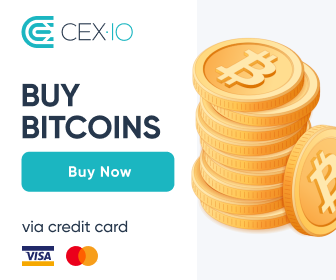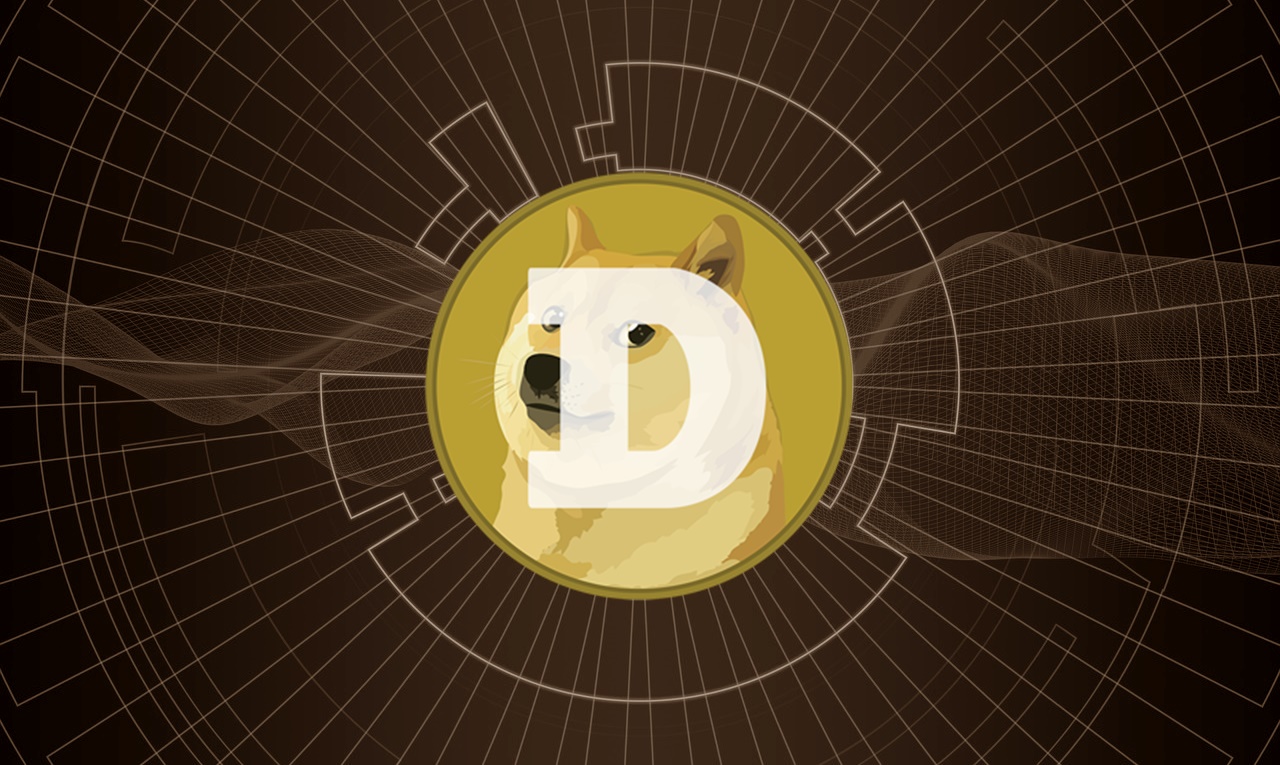Unlocking the Crypto Universe: A Comprehensive Guide to Digital Coins, Tokens, and Gold-Backed Cryptocurrencies
Uncover the different types of digital coins and tokens in the cryptocurrency world, from stablecoins and utility tokens to gold-backed cryptocurrencies and explore their potential in portfolio diversification and future trends.
Cryptocurrencies and tokens are two fundamental types of digital assets within the blockchain ecosystem. The primary distinction lies in their underlying infrastructure, where cryptocurrencies operate on their own independent blockchains, while tokens are built on existing blockchain platforms [1]. For instance, Bitcoin, the pioneering cryptocurrency, operates on its own blockchain and serves as a decentralized digital currency and a store of value. On the other hand, tokens, such as ERC-20 tokens on the Ethereum network, are designed to represent assets or provide specific services within decentralized applications (dApps). The inclusion of cryptocurrencies and tokens in investment portfolios presents an opportunity for diversification, offering exposure to an alternative asset class with a unique risk-return profile. While traditional assets like stocks and bonds are susceptible to economic factors, digital assets, including cryptocurrencies and tokens, may exhibit different market dynamics, potentially contributing to the overall risk reduction in a well-structured investment portfolio.
One example of the differentiation between cryptocurrencies and tokens lies in their use cases. Cryptocurrencies like Bitcoin are primarily designed for peer-to-peer transactions and as a long-term store of value, with a limited supply of 21 million coins, while tokens can serve a broad range of purposes within the blockchain ecosystem, such as facilitating access to decentralized services or representing ownership of physical assets. This distinction underscores the diverse functionalities and roles that cryptocurrencies and tokens play within the digital asset landscape, showcasing their potential to address varied market needs and investor preferences.
Exploring Different Types of Cryptocurrencies
When delving into the world of cryptocurrencies, it’s essential to understand the primary categories that exist coins and tokens. Coins, including well-known examples like Bitcoin and Litecoin, operate as independent digital currencies with their own underlying blockchains. They serve as mediums of exchange, enabling peer-to-peer transactions and functioning as stores of value. In contrast, tokens are built on pre-existing blockchain networks, such as Ethereum, and are specifically crafted to represent assets or offer distinct services within decentralized applications (dApps). For example, ERC-20 tokens, a popular type of token standard on the Ethereum network, adhere to specific rules and are utilized for various purposes, from representing assets to providing specific functionalities within decentralized platforms.
In addition to stablecoins, another significant development within the cryptocurrency landscape is the emergence of privacy coins. Privacy coins, such as Monero and Zcash, incorporate enhanced security and anonymity features, aiming to provide users with privacy and confidentiality in their transactions. These privacy-focused digital assets utilize advanced cryptographic techniques to obfuscate transaction details, offering users increased privacy and fungibility compared to traditional cryptocurrencies. This expansion of cryptocurrency categories reflects the evolving nature of digital assets, presenting diverse options for users and investors seeking tailored solutions within the dynamic cryptocurrency market.
Understanding Tokens and Their Varied Purposes
Non-fungible tokens (NFTs) have gained prominence as unique digital assets representing ownership of distinct items or content, including digital art, collectibles, and virtual real estate. Their non-interchangeable nature and ability to verify the authenticity and ownership of digital assets have led to a surge in NFT-based transactions and investments. For example, the sale of a digital artwork by the artist Beeple for $69.3 million in March 2021 brought significant attention to the potential of NFTs in the art world, showcasing the value and uniqueness that these tokens offer in the digital space.
Moreover, the utility and functionality of security tokens extend beyond traditional financial securities, encompassing diverse assets such as real estate, fine art, and commodities. For instance, tokenization of real estate properties enables fractional ownership of high-value assets, providing investors with opportunities for fractionalized investments and increased liquidity in traditionally illiquid markets. This application of security tokens demonstrates their potential to democratize access to traditional investment opportunities and enhance market efficiency through blockchain technology, marking a significant evolution in the representation and trading of real-world assets in digital form.
Diving into the World of Altcoins and Meme Coins
Altcoins, a term encompassing all cryptocurrencies other than Bitcoin, have evolved beyond mere alternatives to traditional currencies, with many serving specialized functions within blockchain networks. These altcoins include Ethereum, Ripple, Litecoin, and numerous others, each designed to address specific issues or provide unique features within the digital asset landscape. For example, Ethereum facilitates smart contracts and decentralized applications, while Ripple focuses on enabling seamless cross-border transactions. This diversification of offerings allows investors to explore a broad spectrum of digital assets, potentially enhancing portfolio diversification and risk management.
On the other hand, meme coins, such as Dogecoin and Shiba Inu, have gained popularity through memes and social media, often lacking substantial utility or underlying value. While these coins may capture the attention of enthusiastic communities and generate short-term excitement, they come with significant risks. The speculative nature of meme coins renders them susceptible to sudden price fluctuations driven by social media trends and internet memes. As a result, investors should exercise caution and conduct thorough research before considering investments in meme coins, as their value can be highly volatile and influenced by speculative market behaviors. It’s essential for investors to carefully evaluate the fundamentals and long-term prospects of meme coins before making any investment decisions.
Furthermore, the category of meme coins underscores the influence of social and cultural factors on the cryptocurrency market, illustrating the interplay between online communities and market dynamics. The emergence and popularity of meme coins are often intertwined with internet culture and social media trends, reflecting the evolving nature of investor behavior and sentiment in the digital asset space.
Uncovering the Potential of Gold-Backed Cryptocurrencies
Gold-backed cryptocurrencies have gained prominence as innovative digital assets that bring stability and intrinsic value to the volatile world of cryptocurrencies. Unlike traditional cryptocurrencies, these digital assets are pegged to the value of physical gold, providing a tangible and reliable foundation for their valuation. This unique feature positions gold-backed cryptocurrencies as a potential hedge against market volatility and inflation, attracting investors seeking stability and long-term value preservation.
One prominent example of a gold-backed token is AABB, offered by Asia Broadband, Inc. This token is backed by $30 million in physical gold reserves, providing a secure and stable foundation for its value. Additionally, AABB offers various benefits such as potential rewards for shareholders, private transactions, and low fees, making it an attractive option for investors looking to diversify their portfolios with a gold-backed digital asset. Furthermore, the utility of AABB as an alternative to cash amplifies its appeal, as it aligns with the original purpose of cryptocurrencies to provide a reliable and practical means of exchange. This exemplifies the potential of gold-backed cryptocurrencies to offer stability, value, and utility within the evolving landscape of digital assets, encouraging investors to consider them as a valuable addition to their investment strategies.
Moreover, gold-backed cryptocurrencies contribute to the broader discussion of asset-backed digital assets, highlighting the potential for digital representations of physical commodities to provide stability and intrinsic value within the digital asset ecosystem. The integration of gold-backed tokens into the cryptocurrency market signifies the convergence of traditional and digital finance, offering investors a bridge between physical assets and the innovative potential of blockchain technology.
Analyzing the Role of Cryptocurrencies in Portfolio Diversification
As the adoption of cryptocurrencies and tokens gains momentum, investors are exploring their potential as viable components of diversified investment portfolios. By incorporating digital assets, such as Bitcoin and Ethereum, alongside traditional stocks and bonds, investors seek to optimize risk-adjusted returns and mitigate correlation with conventional financial instruments. This approach to diversification acknowledges the unique characteristics of cryptocurrencies and tokens, which can offer distinct opportunities for portfolio growth and stability.
For instance, the inclusion of cryptocurrencies in a portfolio introduces the potential for uncorrelated returns, as digital assets may respond differently to market dynamics compared to traditional investments. Research suggests that the non-correlation of cryptocurrencies with other asset classes could contribute to improved overall portfolio performance, especially in times of market volatility. Furthermore, the diversification benefits of digital assets extend beyond their potential for capital appreciation, as they may also serve as a hedge against inflation and currency devaluation, aligning with the original purpose of Bitcoin as a store of value. However, it is essential for investors to carefully evaluate the risks associated with cryptocurrency investments, including price volatility, regulatory developments, and technological vulnerabilities.
In light of these considerations, integrating cryptocurrencies and tokens into investment strategies requires a balanced approach that accounts for their potential benefits and associated risks. While the diversification of portfolios with digital assets presents opportunities for enhanced returns and resilience, prudent risk management and thorough due diligence are crucial for navigating the evolving landscape of cryptocurrency investments. By acknowledging the unique role of cryptocurrencies in portfolio diversification, investors can make informed decisions that align with their financial objectives and risk tolerance.
Recognizing the Risks and Considerations in Cryptocurrency Investments
Investing in meme coins entails specific risks associated with their speculative nature and susceptibility to market sentiment and social media trends. For example, meme coins like Dogecoin and Shiba Inu gained rapid popularity due to viral memes and social media hype, leading to significant price fluctuations driven by speculative trading activity. This volatility exposes investors to the potential for substantial gains as well as substantial losses, making meme coins a high-risk investment option.
In addition to meme coins, the broader cryptocurrency market presents inherent risks that investors should carefully consider. These risks include price volatility, regulatory uncertainties, and security vulnerabilities in digital asset exchanges and wallets. For instance, the fluctuation of cryptocurrency prices can be unpredictable, subjecting investors to rapid and substantial changes in the value of their holdings. Furthermore, the evolving regulatory landscape for cryptocurrencies introduces uncertainties regarding compliance, taxation, and legal protections, influencing investment decisions and risk assessment.
Therefore, cautious decision-making and due diligence are essential when considering investments in cryptocurrencies. It is imperative for investors to thoroughly research and understand the risks associated with different digital assets, and to seek guidance from regulated entities to navigate the complex and dynamic cryptocurrency ecosystem. Engaging with regulated entities and allocating capital that can be responsibly risked are fundamental principles for managing the potential risks and considerations in cryptocurrency investments.
Visit Bitnews NZ’s website at https://bitnews.nz/ for more details on navigating the risks and considerations in cryptocurrency investments.
Embracing the Future of Cryptocurrencies and Tokens
The evolving landscape of cryptocurrencies and tokens continues to shape the digital asset ecosystem, driven by technological advancements and transformative potential. As blockchain technology matures and digital asset adoption expands, innovative developments in decentralized finance (DeFi), NFT marketplaces, and tokenization of real-world assets are expected to redefine traditional financial paradigms and investment opportunities. The future trends in cryptocurrencies and tokens are poised to revolutionize various industries, offering novel solutions and efficiencies in diverse sectors, including finance, art, gaming, and supply chain management.
One prominent example of the transformative potential of cryptocurrencies is the emergence of decentralized finance (DeFi). DeFi applications are reshaping traditional financial services by offering decentralized lending, borrowing, and yield farming opportunities, all facilitated by smart contracts on blockchain networks. This decentralized approach aims to eliminate intermediaries and enhance financial inclusion on a global scale, providing individuals with more control over their assets and financial activities.
Furthermore, the growing prominence of non-fungible tokens (NFTs) in the art and entertainment industries signifies a shift towards digitizing and monetizing unique digital assets. NFTs enable creators to tokenize and sell their digital art, music, videos, and other unique content, revolutionizing the way artists and content creators monetize their work. This trend not only opens up new revenue streams for creators but also introduces novel avenues for collectors and enthusiasts to engage with digital art and exclusive content in a secure and transparent manner through blockchain technology.
These advancements and future trends underscore the potential for cryptocurrencies and tokens to disrupt and innovate various sectors, indicating a promising trajectory for the digital asset ecosystem. As such, staying informed and exploring the evolving landscape of cryptocurrencies and tokens is crucial for individuals interested in understanding and potentially participating in this dynamic space. For more insights and information on the latest developments in cryptocurrencies and tokens, readers can explore additional resources and articles on Bitnews NZ’s website at Bitnews NZ.
Navigating the World of Cryptocurrency Regulation and Misinformation
The challenges posed by cryptocurrency regulation and misinformation underscore the need for accurate information and regulatory clarity within the digital asset ecosystem. Regulatory frameworks play a pivotal role in shaping the adoption and legitimacy of cryptocurrencies and tokens, influencing investor confidence and market stability. Moreover, addressing misinformation and promoting education on digital assets are essential to empower individuals to make informed decisions and navigate the evolving landscape of cryptocurrencies and tokens with prudence and confidence.
Cryptocurrency regulation varies significantly across different jurisdictions, adding complexity and uncertainty to the global landscape of digital assets. For example, countries like El Salvador have embraced Bitcoin as legal tender, while others have imposed stringent regulations or outright bans on cryptocurrency activities. This diversity in regulatory approaches creates challenges for individuals and businesses operating within the cryptocurrency space, emphasizing the importance of staying updated with the latest regulatory developments and compliance requirements in their respective regions.
Furthermore, combating misinformation is crucial for fostering a well-informed and responsible cryptocurrency community. With the proliferation of online sources and social media platforms, misinformation about cryptocurrencies and tokens can easily spread, leading to misconceptions and ill-informed decisions. Therefore, promoting accurate and reliable educational resources, fact-checking initiatives, and transparent communication channels is vital to counteracting the detrimental effects of misinformation and empowering individuals to engage with digital assets knowledgeably and securely. By actively addressing regulatory challenges and combating misinformation, the cryptocurrency ecosystem can strive towards greater transparency, trust, and sustainable growth.
Conclusion and Call to Action
In conclusion, the diverse array of cryptocurrencies and tokens offers unique opportunities for investors and enthusiasts to engage with digital assets in innovative ways, from participating in decentralized finance to owning digital art and collectibles. As the cryptocurrency and token space continues to evolve, it is imperative to recognize the potential for portfolio diversification, the associated risks, and the importance of regulatory compliance and accurate information. For individuals seeking to explore more about cryptocurrencies and tokens, Bitnews NZ provides a wealth of news, prices, crypto offers, and guides, serving as a valuable resource for staying informed and educated about the dynamic world of digital assets. Gemini: Cryptocurrencies vs. Tokens – What’s the Difference Rich Dad: Goldmine-Backed Crypto – How Gold-Backed Cryptocurrencies Provide Stability the Block: Understanding the Different Types of Cryptocurrencies and Tokens Forbes: Exploring Different Types of Cryptocurrencies and Their Risks








